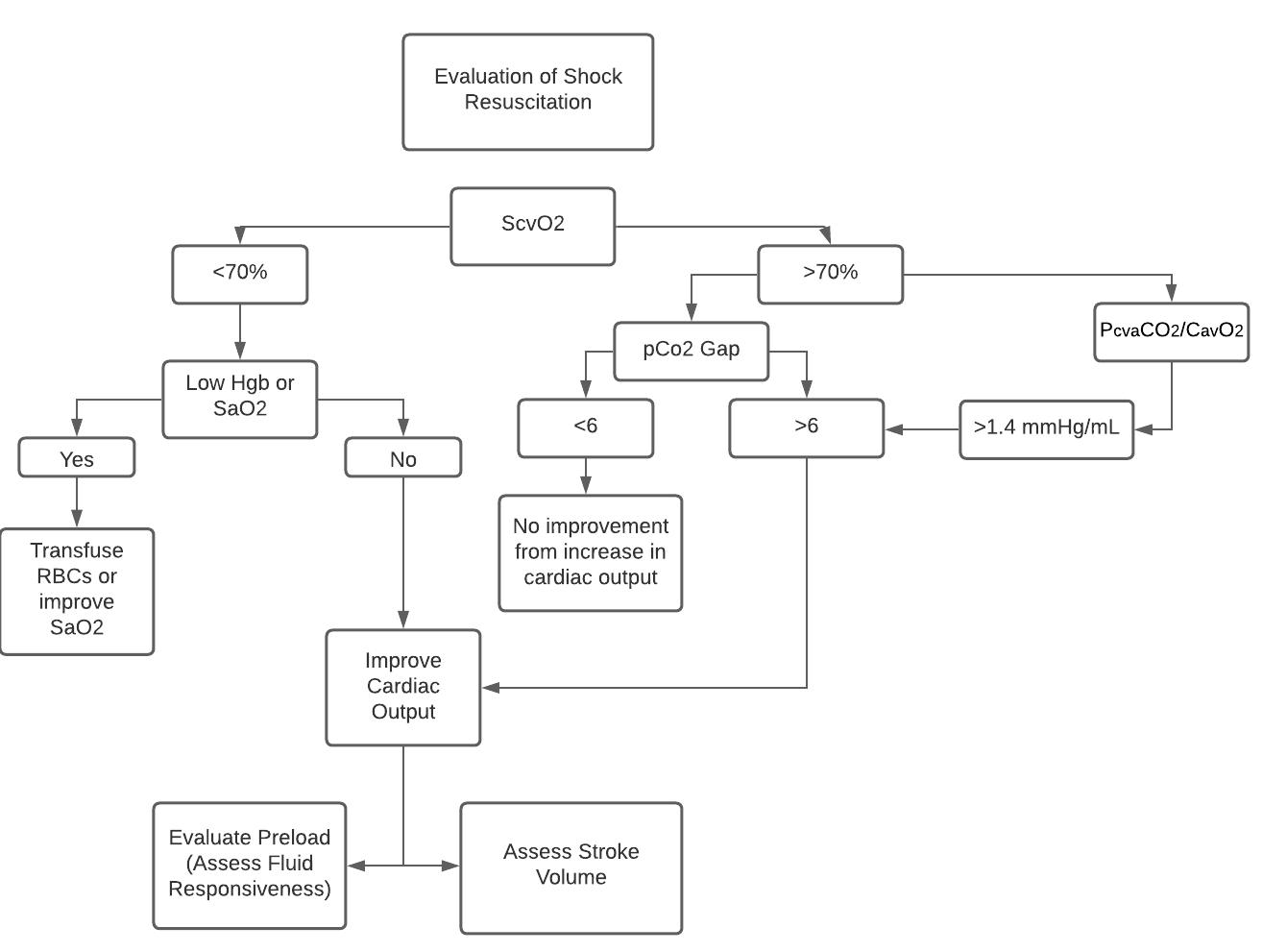COMMITTEE REPORT GERIATRICS
The Elderly ED Patient Who Falls, are We Making STRIDEs in Their Treatment? Richard D. Shih, MD, Elizabeth M. Goldberg, MD, Shan W. Liu, MD, and Christopher R. Carpenter, MD
H
ow often do you see a geriatric ED patient with a chief complaint of a fall? We have all been warned about the coming “Silver Tsunami;” predictions that the geriatric population will more than double over the next couple decades. That means more geriatric patients presenting to your ED. These patients are sicker, more difficult to care for and stay in EDs longer.1 ED patients with falls, in particular, are common and need more care than they currently receive. More than 30% of adults 65 and older fall every year.2 Of these, about 25% have moderate to severe injuries that result in 3 million ED visits, 800,000 hospitalizations, and 30,000 deaths each year.2 Falls are the leading cause of injury-related morbidity and mortality in this patient population and fall rates are increasing.1 Recently, the high-profile randomized fall intervention, Strategies to Reduce Injuries and Develop Confidence in Elders (STRIDE) study was published in the New England Journal of Medicine.2 This 86 site multi-centered study, funded by the Patient-Centered Outcomes Research Institute (PCORI) looked at whether individually tailored interventions in older individuals at high risk of falling prevented subsequent falls and injuries. The STRIDE study results, unfortunately, did not show encouraging results in the prevention of serious fall injuries. Far worse, the “take home message” for many was that preventing fall-related injuries in older adults is extremely difficult or impossible. This overall message from STRIDE overshadows the epidemic of fall-related injuries that are seen in the ED. The majority of these patients (~70%) who fall are evaluated and discharged from the ED. Despite not sustaining significant injury, these individuals are at high risk for subsequent fall with approximately 50% falling again or revisiting an ED
“ 22
within six months.3 These ED presentations likely represent sentinel events that offer an opportunity to assess, intervene and potentially prevent subsequent injury. Unfortunately, ED assessment for guideline recommended modifiable fall risk factors are rarely discovered during an ED fall presentation and evaluation.4 The Geriatric ED Guidelines published in 2014 for patients who have fallen recommend a complete history and physical examination related to the fall (e.g. exam for peripheral neuropathy, vision, lower extremity strength), medication assessment, orthostatic blood pressure measurement, and neurological assessment focusing on neuropathy and strength.5 Additional assessments include a gait evaluation, home safety assessment, and referral to community resources for fall prevention. Finally, patients discharged from the ED after a fall should also be referred for appropriate medical follow-up (see figure). Although the Geriatric ED Guideline recommendations make sense given the poor prognosis of geriatric ED fall patients and their high-risk for subsequent repeat fall and injury, the current standard of practice is a trauma assessment only and does not come close to providing recommended care in the vast majority of cases. In our view, when a geriatric patient falls and presents to the ED, this represents an important sentinel event. If an ED patient presents with a new “thunderclap” headache, this individual will have a complete work-up to rule-out a subarachnoid bleed. Unfortunately, a geriatric ED fall patient has a greater 6-month mortality than the “thunderclap” headache patient and the Geriatric ED Guideline recommendations are almost never completed in our current health care system.3,6 These guideline recommendations have been published for several years, yet remain aspirational for almost all US EDs (see table).6
We have all been warned about the coming “Silver Tsunami.”
COMMON SENSE SEPTEMBER/OCTOBER 2021
>>
”



















